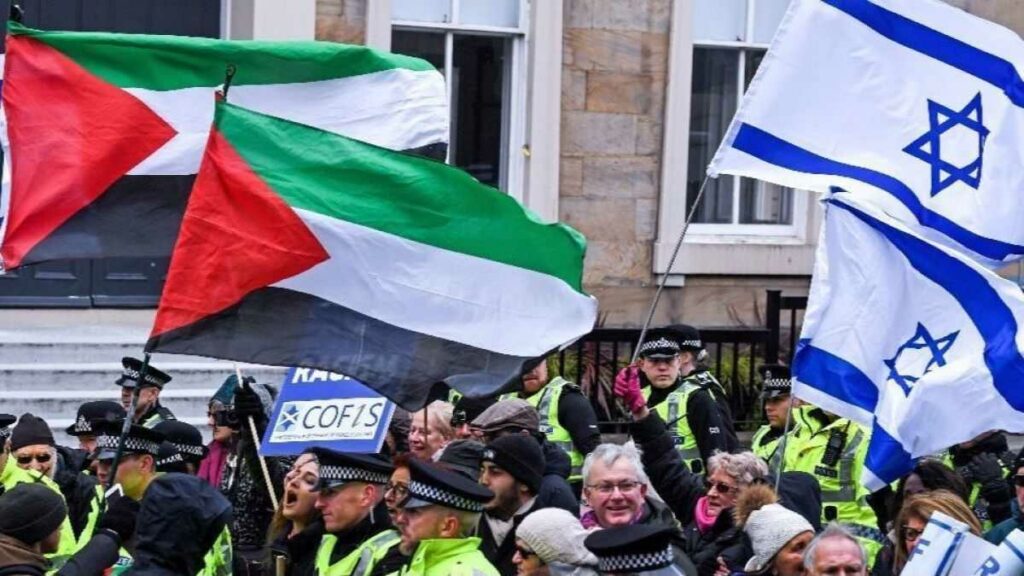Photo ©LA Times
The conflict between Israel and Hamas escalated this month, triggering bombings, multiple deaths, global protests and more until a ceasefire was declared on May 20th. Here in the United States, however, many people are confused about what caused the latest hostilities and the complex and troubled history between Israel and the Palestinians in Gaza.
This all started in 1947, when Israel was established as a Jewish homeland after the Holocaust, when Nazis slaughtered an estimated 6 million Jews before and during World War II. The United Nations located Israel in Palestine bordering Lebanon, Syria, Jordan and Egypt — all mostly Arabic nations with mostly Muslim populations. In 1948, Israel declared independence and became its own country.
Israel slowly expanded its borders throughout the Middle East through wars and diplomatic treaties. Here is where it gets complicated. Three of Israel’s current borders are disputed by Syria (Golan Heights), Lebanon (Shebaa farms) and the most contentious of all by Palestinians who live in territories in Gaza and the West Bank near Jerusalem that they claim as their historic homeland and not part of Israel. Israel disputes that, and over the years, efforts by the United States and others to create a Palestinian state recognized by both Israel and Palestine have failed. You can see the full timeline from the BBC here.
But what does this mean today?
In recent weeks, Israel and the IDF (Israel Defense Forces) have been taking down homes and neighborhoods where many Palestinians lived and now are displaced. Because many of the buildings and homes did not have Israeli-issued permits, many were in close contact with military zones or Palestinians were unable to get the correct permits. Hamas, the Islamic resistance movement that has been fighting Israel over Gaza for 20 years, began launching missiles in Israel in retaliation, and Israel responded with fighter jets and artillery bombardments in Gaza. The death toll surpassed 230 people, mostly Palestinians including children, over 11 days before a ceasefire was declared on May 20 at the urging of President Biden and other world leaders.
Israel is a close ally of the United States, and Biden persuaded Israel Prime Minister Benjamin Netanyahu to stop the bombing. When Netanyahu announced the cease-fire agreement. Hamas quickly followed suit.
With that, Biden released a statement saying,”I believe we have a genuine opportunity to make progress, and I’m committed to working for it.”
However, whether more attacks will resume between Israel and Hamas is uncertain. What seems certain is that tensions over Israeli-occupied territories in Palestine will not be peacefully resolved any time soon.



